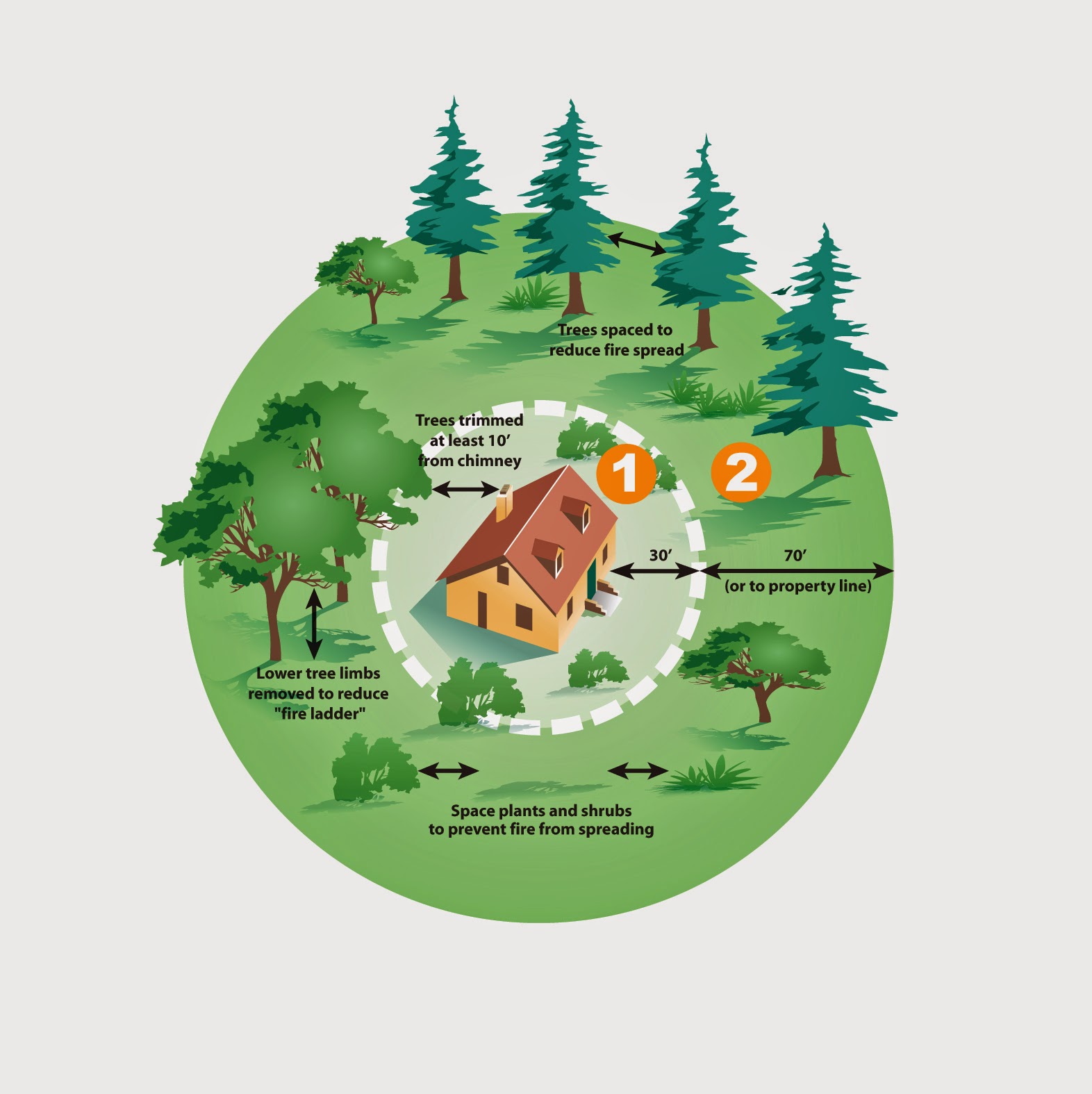 |
| Caryopteris x clandonsis photo by Joyce D'Agostino |
Yes, I am lucky to have a Caryopteris in my garden (Caryopteris x clandonsis). I know, it sounds like a long extinct dinosaur but it actually is a lovely landscape scrub that bursts into purple blooms each August. The bees love the flowers and seem to be on this plant from sunrise to sunset.
Also known as the Blue Mist Spirea, this relative of the mint family is a deciduous woody bush that has green leaves from spring until late summer when it flowers. It actually has not been in the US that long. It is native to eastern and southern Asia and first came to our country in the 1960’s. It’s a nice addition to your landscape if you have limited room because it grows to a manageable size of about 3 – 5 feet tall and has gray-green sword shaped leaves. The name is derived from the Greek word karyon which means nut and pteron which means wing because the airy flowers have petals that resemble wings with the seeds tucked inside.









